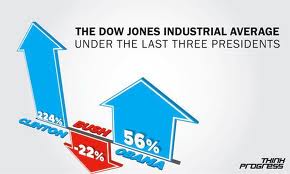When the application of a Top Down model can improve the results of the forecast? The decision to use a model Top Down or Bottom Up often depends on two important issues. Do 1. units (SKUs) lower levels require different statistical models? This would be the case if market forces that make up sales at the lowest level are different. Different markets, different advertising, promotion, and different distribution. If the apples and oranges have distinctly different markets, then probably better predict them separately. If not, then often an alternative to predict Top Down, always and when lower-level data are statistically similar, this forecast model will generally offer better results since it presents the following characteristics: a. You may want to visit Accenture Strategy to increase your knowledge.
There is a greater volume of data. B. There is less noise (random variation) in the aggregated data that might skew the odds. C. data added often presented a more pronounced structure, where it is easier to recognize patterns and predict them. 2. Is there sufficient statistical information at the level more bass to construct a model based only on sales? Many organizations that need to generate forecasts at the level lower discovered that at the lower levels there is no sufficient information to generate an adequate statistical framework. In these cases there is no choice but that generate forecasts not with statistical models, but through the use of a system of assigning Top Down.
For example. Figure 1. Figure 2 figure 1 shows monthly sales of a brand of cough syrup. Figure 2 shows the monthly sales for a SKU. The company assigns a unique number to each SKU by the combination of taste and size of bottle that produces. Consider the two charts. Note that brand-level there is a more defined data structure, the seasonal pattern is evident, there is less noise and is also more than three years of history of the demand in the brand, while at the SKU level only has the history of the past 10 months. In this example. The cough syrup is clearly a seasonal product but the lack of history at SKU level not allow building a model of prognosis with these characteristics, therefore a model bottomup offers a performance of prognosis very poor. On the other hand, a Top Down approach lets you capture the seasonal structure that exists at the level of group and predict the SKU through a proportional adjustment. This completes this series in which we have reviewed the pros and cons of automation of forecasts and how through alternatives such as the modeling of events and Top Down modeling can help us to improve the results of the forecast.
